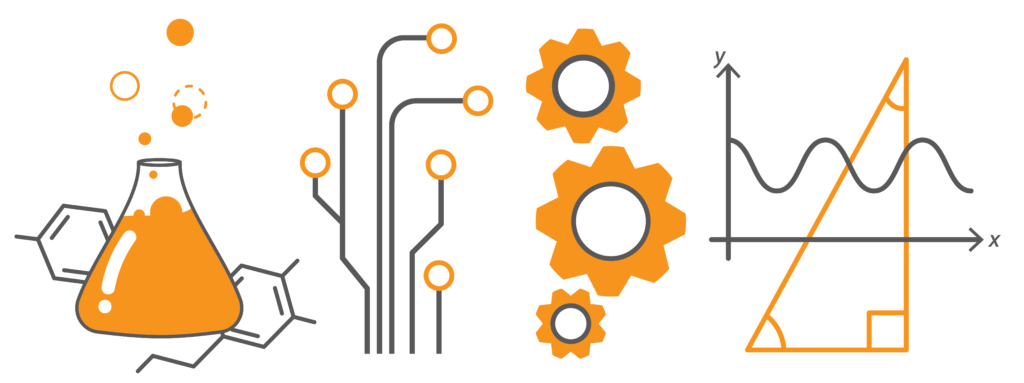College Science Fair Showcases Student Research
While typically host to a few animal skeletons behind glass and rushed students cramming data into their notebooks in between classes, the Bannan atrium was abuzz with a new type of anticipation. Seattle University’s College of Science and Engineering gathered on Oct. 26 as students presented the results of their summer research at the STEM Research Showcase.
Chair of the Chemistry Department Joe Langenhan was excited for the opportunity for students to share their work and passions with the rest of the Seattle U community.
“It’s kind of the culmination of our summer research program and sort of a celebration, too, of the way in which we use research so effectively to promote student learning,” he said.
All programs of the college were represented at the showcase, with projects ranging from studies on viruses and algae in lakes around Seattle, to an investigation of the accuracy of 3D printers. The students created posters to present their projects to faculty and fellow students along the corridor of the atrium.
The students researchers stayed on campus throughout the summer, as they worked on their projects alongside a faculty mentor and other students. Though they were guided by their faculty mentor, students had the freedom and opportunity to direct themselves as they formulated a hypothesis and process for their investigation.
Professor Langenhan said that faculty in the college are keen to recognize that research is unique in its ability to enrich students’ classroom knowledge of scientific principles and concepts.
“All the faculty who are here at SU are here because we really enjoy using research as the ultimate teaching tool,” he said. “It’s this great place where we can challenge students, we can give you relevant skills, and we can act as partners together learning experience for a budding young scientist.”
Junior Mechanical Engineering majors Erica Goodman and Sahm Noorfeshan worked with Professor Greg Mason over the summer to develop a device to test a machine that would read air quality in mines. They appreciated the opportunity to develop their own plan of action.
“Faculty involvement was actually pretty nice. He was just doing his own thing because he still had other things going on,” Noorfeshan said. “But he would set us up with what we had to do, and then he just kind of let us go.”
Biology Department Chair W. Lindsay Whitlow echoed this sentiment. He said that many of his fellow faculty members chose Seattle U specifically because research opportunities are more accessible for undergraduate students at smaller schools, as opposed to larger schools where graduate or post-doctoral students typically take the lead in projects.
Whitlow said that undergraduate research experience gives students a huge advantage in the future—even if they are not pursuing a career in research—because it demonstrates an ability to self direct and adapt.
“Whether it’s a graduate program in biology or a pre-professional program in medicine or even working in a biotech locally, the difference-maker in getting that position isn’t your grades, it’s [if] you do research when you were a student,” Whitlow said. “Because that’s the strongest indicator to someone who’s going to take you on: that you know how to do science.”
Junior Marine and Conservation Biology major Diana Dimarco has worked on various research projects at Seattle U and plans to attend graduate school. She said she found research to be a helpful tool to enhance her skills and learn how to solve her own problems.
Langenhan said that the showcase is a remarkable event in that it shows that research is essential and present across all STEM majors.
“I like the poster session too, because it’s cross departmental. These boundaries that we’ve set up—chemistry, biology—they’re all conventions. We’re all scientists just asking questions and answering them,” Langehan said.
Junior Biochemistry majors Paul Goo and Suamya Jain worked with Whitlow on their project and encouraged students to get involved in research early in their undergraduate career.
“As soon as you find a subject you’re interested in, just meet with those professors because they’re not that scary,” Jain said.
Whitlow expressed hope that underclassmen could gain exposure to research methods or inspiration from the showcase.
“We’ve been trying to figure out ways to encourage first or second year students to come and see what they could do further along in their academic careers,” said Whitlow. “It’s a great celebration of what’s been done but it’d be great to inspire other students.”
Sofía may be reached at
swells@su-spectator.com



